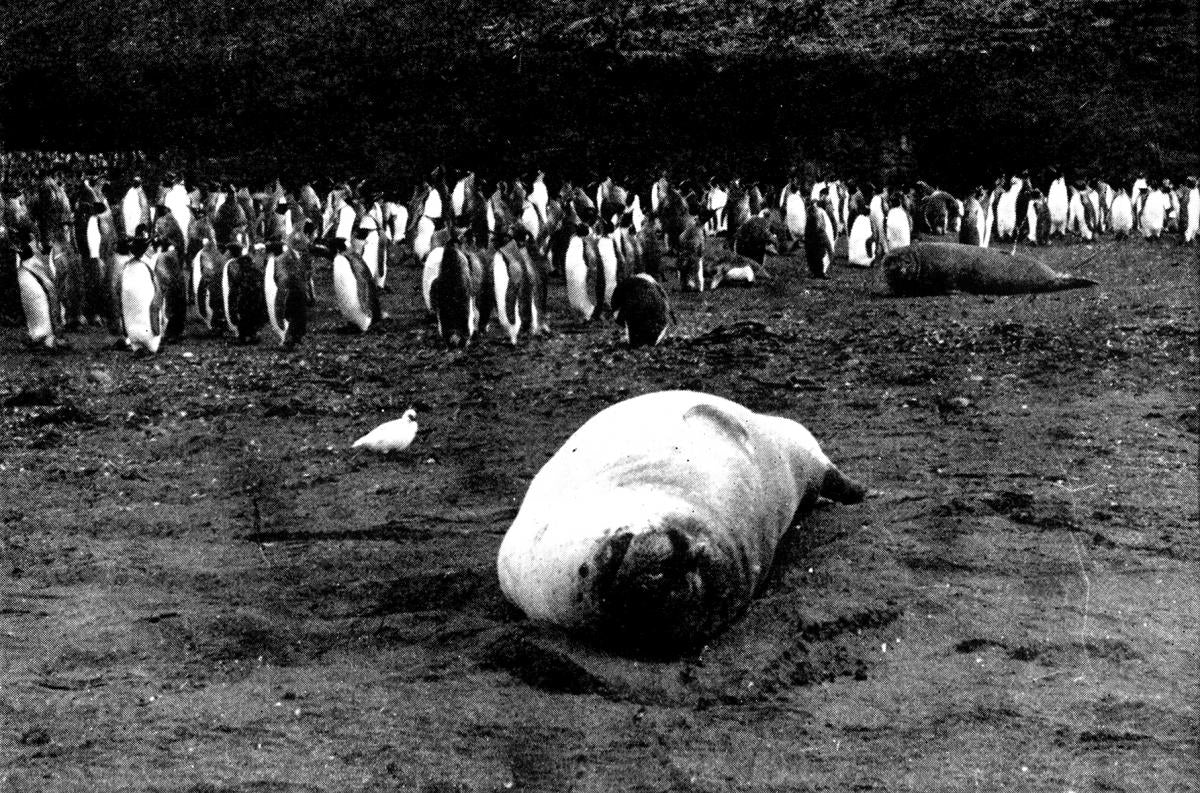
Mischief Among the Penguins



There will be some real Mischief Among the Penguins this weekend as I battle to control a large waddle of them in our new Christmas window display. However this will be a mere mini-adventure compared to the antics of our friend H.W. Bill Tilman!
H. W. ‘Bill’ Tilman was one of the greatest adventurers of his time, a pioneering climber and sailor who held exploration above all else. He made first ascents throughout the Himalaya, attempted Mount Everest, and sailed into the Arctic Circle. For Tilman, the goal was always to explore, to see new places, to discover rather than conquer.
With unclimbed ice-capped peaks and anchorages that could at best be described as challenging, the Southern Ocean island groups of Crozet and Kerguelen provided obvious destinations for Tilman and his fifty-year-old wooden pilot cutter Mischief. Mischief among the Penguins (1961), Tilman’s account of landfalls on these tiny remote volcanic islands, bears testament to the development of his ocean navigation skills and seamanship. In this extract, Tilman navigates from Cape Town to the Crozet Islands in the Southern Indian Ocean.
Next day I reckoned we were within fifty miles of Île aux Cochons, the westernmost island of the Crozet. It was rough and windy, but the glass was rising after its ominous fall of the previous day. On approaching the islands from the west, one needs to have either good visibility or to know within a mile or two the ship’s position. Ten miles north-east of Hog Island are Îles des Apôtres, the group of pinnacled rocky islets where the Strathmore came to grief; to the south-east, six and ten miles respectively, are two groups of sunken rocks where the sea always breaks, known collectively by the French as ‘Brisants de l’Heroine’ or Heroine Breakers; and seventeen miles to the south is Penguin Island, a small barren rock 500 feet high, no bigger than an overgrown fortress. And having got all hot and bothered about avoiding these dangers one learns that the charted position of Heroine Breakers and Penguin Island cannot be relied upon, for they are ‘believed’ to lie about five miles farther to the south. Sixty miles to the east of this outer fringe, which to my heated imagination began to look like a chevaux de frise of rocks, lies Possession Island. My plan was to sight either Hog Island or Penguin so that we could verify our position and lay a course clear of all dangers, in particular the Heroine Breakers.
As we had been sailing briskly all afternoon, I hoped that before nightfall we might raise one or other of those islands. Hog Island is supposed to be about 2000 feet high and on a clear day would be visible from a long way off. After supper, having seen nothing, I got a star sight for latitude which put us nine miles south of our dead reckoning. Through the delay at Cape Town and through taking longer to get here than we expected, we had overrun the full moon period. The night was moderately clear but, in view of the uncertainties regarding our own position and the position of the Heroine Breakers and Penguin Island, prudence required that we should heave to. At first light it happened to be clear, so I took star sights and went below to work them out. A few minutes later Jan, who was at the helm, gave a hail. Never was it more welcome. He had sighted Penguin Island about four miles to the south. So our luck was in. Whatever the weather might do now, we knew where we were and had a good chance of reaching Possession Island before nightfall. The weather seemed to have decided to take a hand. The glass began to fall and, as the day advanced, the wind rose and a succession of heavy rain squalls began driving across from the northwest.
At eleven o’clock I took over the tiller and remained there for the rest of the day. We were sailing fast under trysail and stays’l before a big quartering sea, and for me it was Pike’s Peak or bust. And I was bent on having my fill of pleasure in sailing Mischief round an island that for the last two years had seldom been far from my thoughts. Ahead of us in the distance a great black squall seemed to squat as if intent on hiding something, and on this I fixed my gaze. The squall seemed to move very slowly. For some time I thought I could see something more solid than cloud and by noon I was sure of it. Perhaps the earlier sighting of Penguin Island had taken a little of the edge off this landfall, but not much. For here was the long-looked-for prize at the end of a 10,000-mile voyage, a prize with a true romantic flavour—a lonely island set in a stormy sea, and Mischief borne towards it on the crests of great following seas, with albatross wheeling in her wake.
It was mostly covered with cloud, but between squalls, when the sun touched it, we thought the island slightly less forbidding in appearance than Marion. We closed the land near Pointe des Moines at the north-west corner and then ran down the coast to round the southernmost point. Pointe des Moines takes its name from a detached rock resembling a monk’s cowl which lies off it through which the sea has carved out a large hole. It was exciting sailing along this wild coast, with one eye on the seas chasing us and one on the look-out for breakers ahead. We were far too close, for once when I glanced astern I could see over the port quarter white water surging over a sunk rock which we had passed without noticing. Upon rounding the south corner of the island, we smoothed our water, for we now had land to windward. The wind, however, seemed to gather fresh fury from this obstruction and swept over the low cliffs to scoop water from the surface like the willy-waws of the Patagonia channels. A waterfall dropping over the cliffs hurled water in every direction except downwards.
There are two possible anchorages at Possession Island. Baie du Navire, known to the sealers as Ship Cove, lies on the east coast about two miles round the corner we had just passed. It is sheltered from all winds except easterly. Baie Americaine, the other anchorage, is on the north-east side of the island about seven miles’ sailing from Baie du Navire. We intended anchoring in the last-named and when we first saw it about five o’clock that evening we had some doubt about it being the place, or how it came by the name of bay. The English word ‘cove’ gives a much truer picture. On the chart it looks quite a snug hole, from the sea it looks anything but snug. We regarded with misgiving that slight indentation on an iron-bound coast which seemed to offer so little hope of tranquillity.
There was nothing else in view, the other anchorage might be worse, so we decided to try it. The wind was blowing straight out of the cove and seemed to gain force by being funnelled down the valley which stretches inland. There was no question of beating in, we must either heave to until the wind moderated or motor in. The temptation to have done was so great that we dowsed the staysail and turned on the heat. The engine had to be kept going all out to make headway against the wind. If her head got blown off, as it did twice, I had to let her fall off and go right round to gather speed before she would head into it again.
We first let go in eight fathoms of water, only to find when we had veered enough cable that our stern was far too close to a ledge of kelp-covered rock. From shore to shore this U-shaped inlet is about 300 yards wide and indents the land for about the same distance. It looked a lot less in both directions and for practical purposes it was a lot less as it shallows fairly quickly and we needed room to swing. With the wind ahead and the rock ledge close under our stern, getting the anchor was a tricky business. In fact it was touch and go and we only cleared the ledge by going hard astern. Our next attempt was more successful and by about six o’clock we were anchored a hundred yards from a beach of black sand, white with penguins.
Arthur Beale stock a large range of books about Tilman including the newly published individual books.
http://arthurbeale.co.uk/acatalog/Climbing-Adventures.html


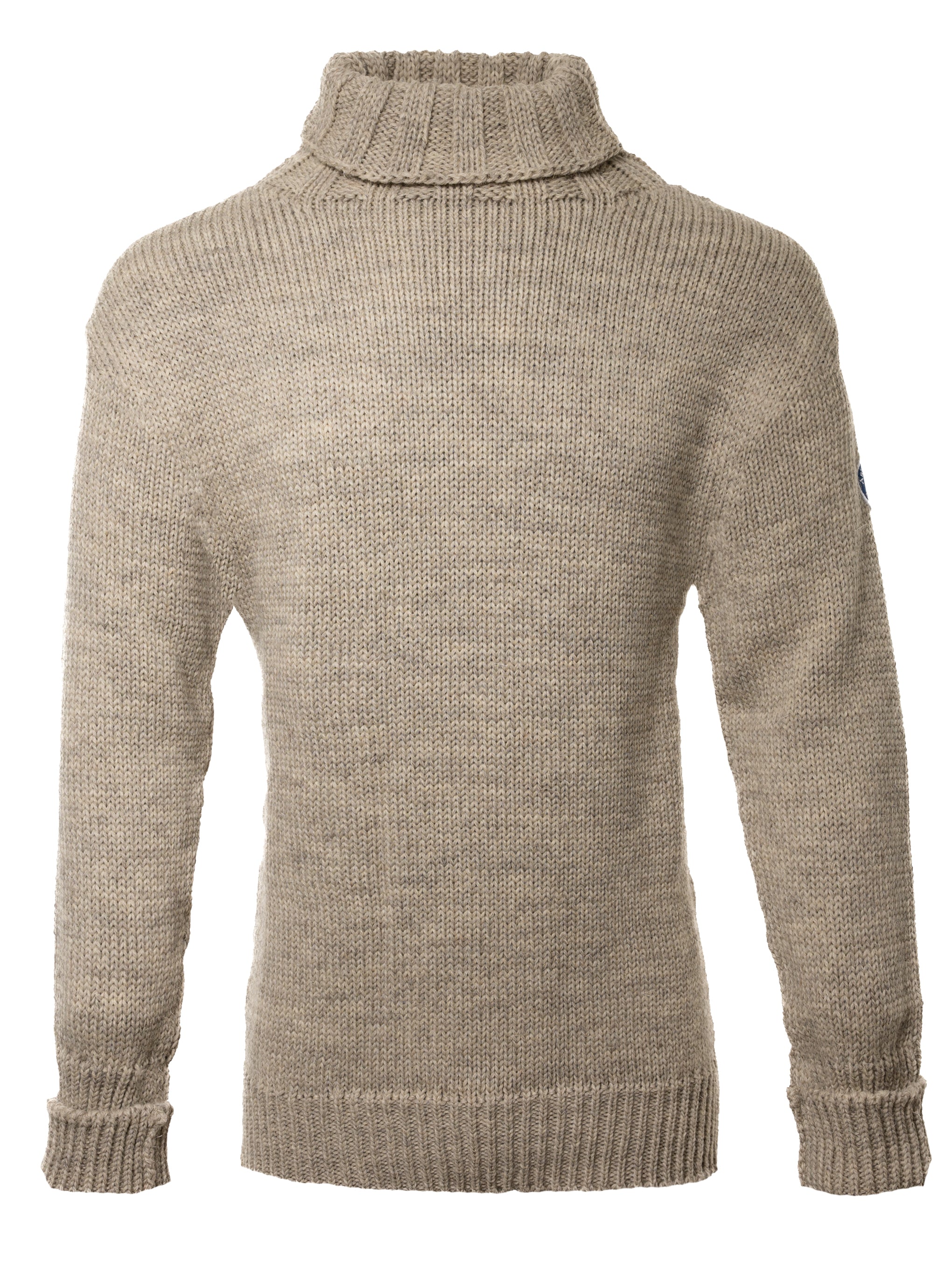
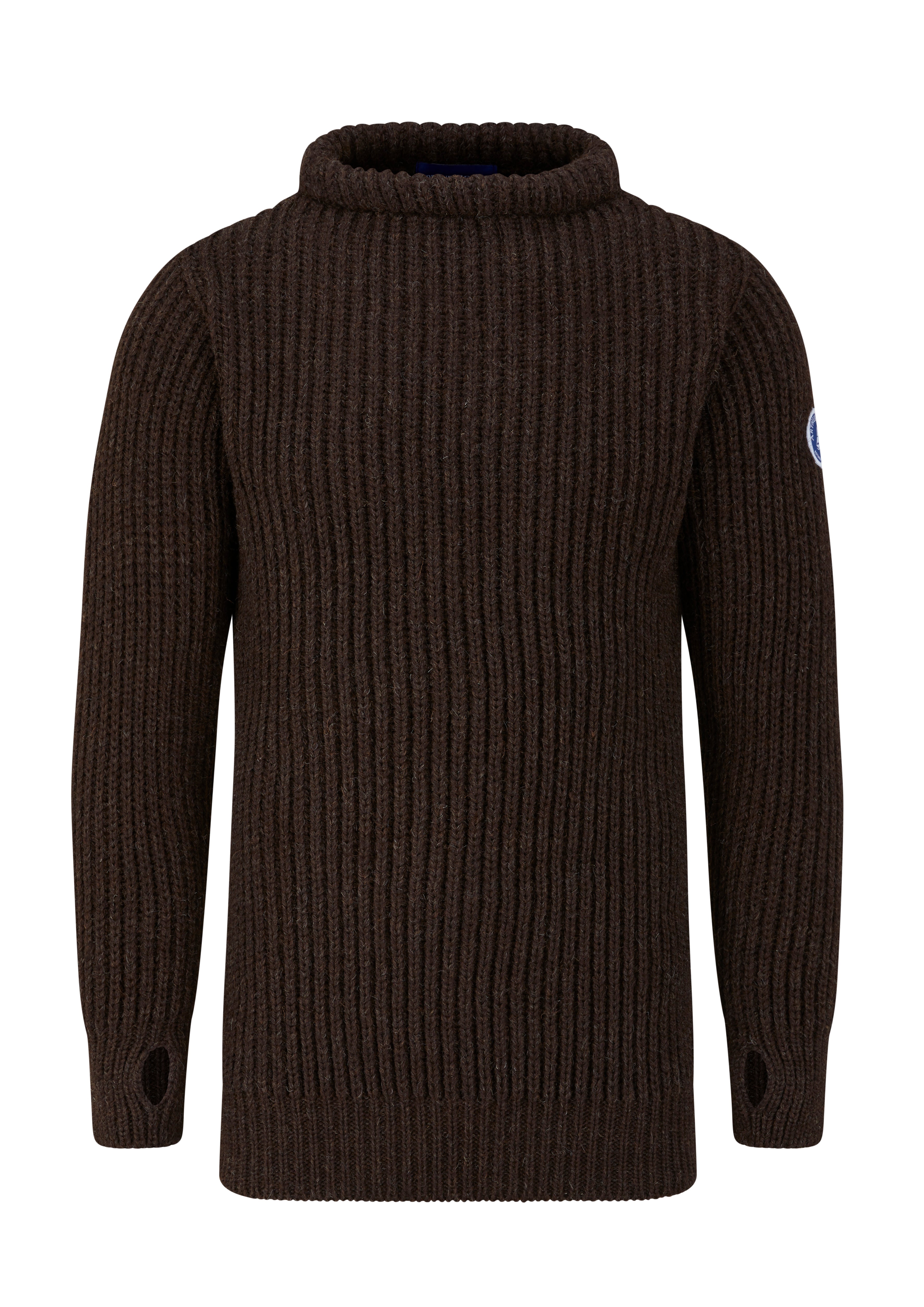



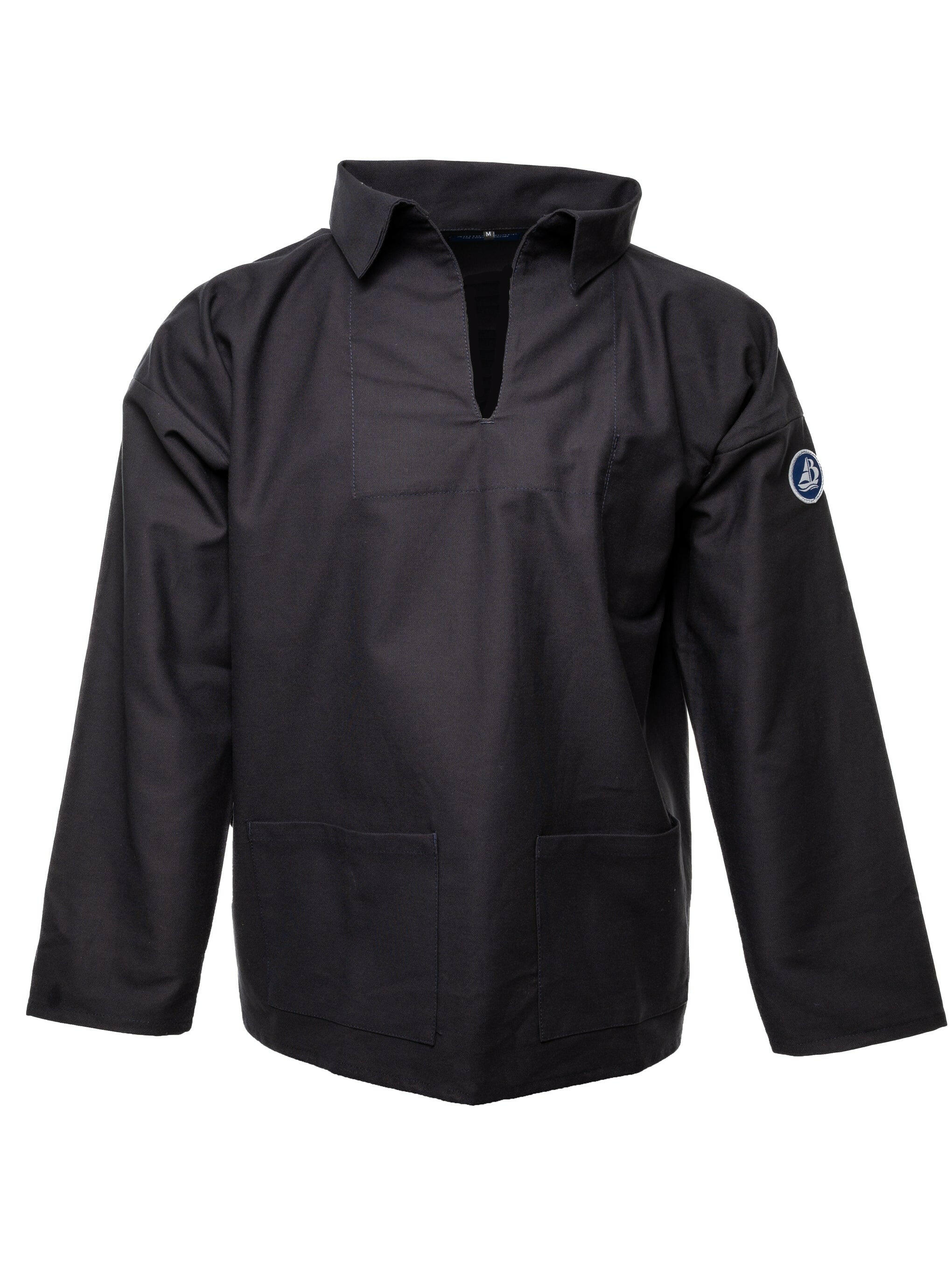
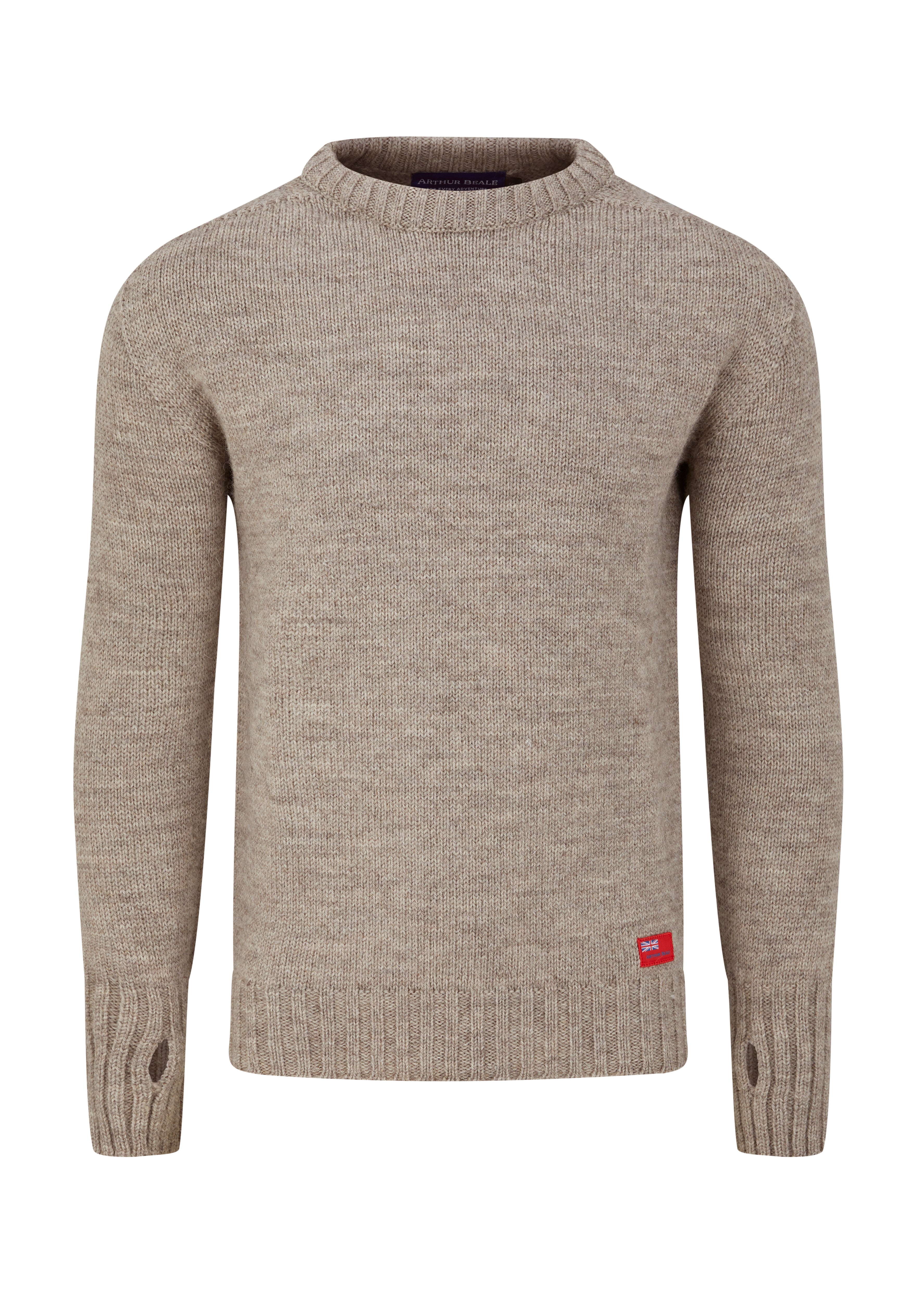
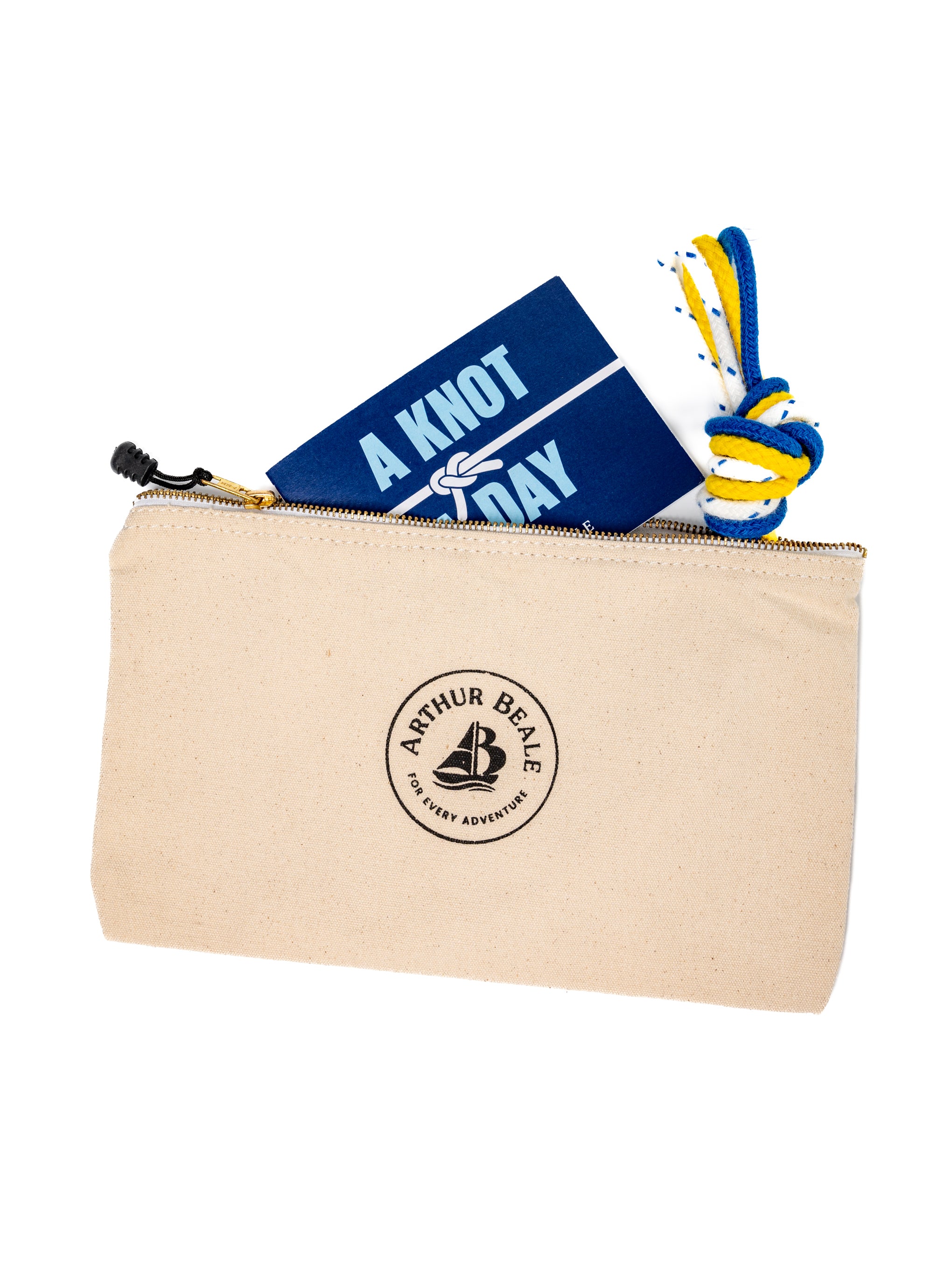

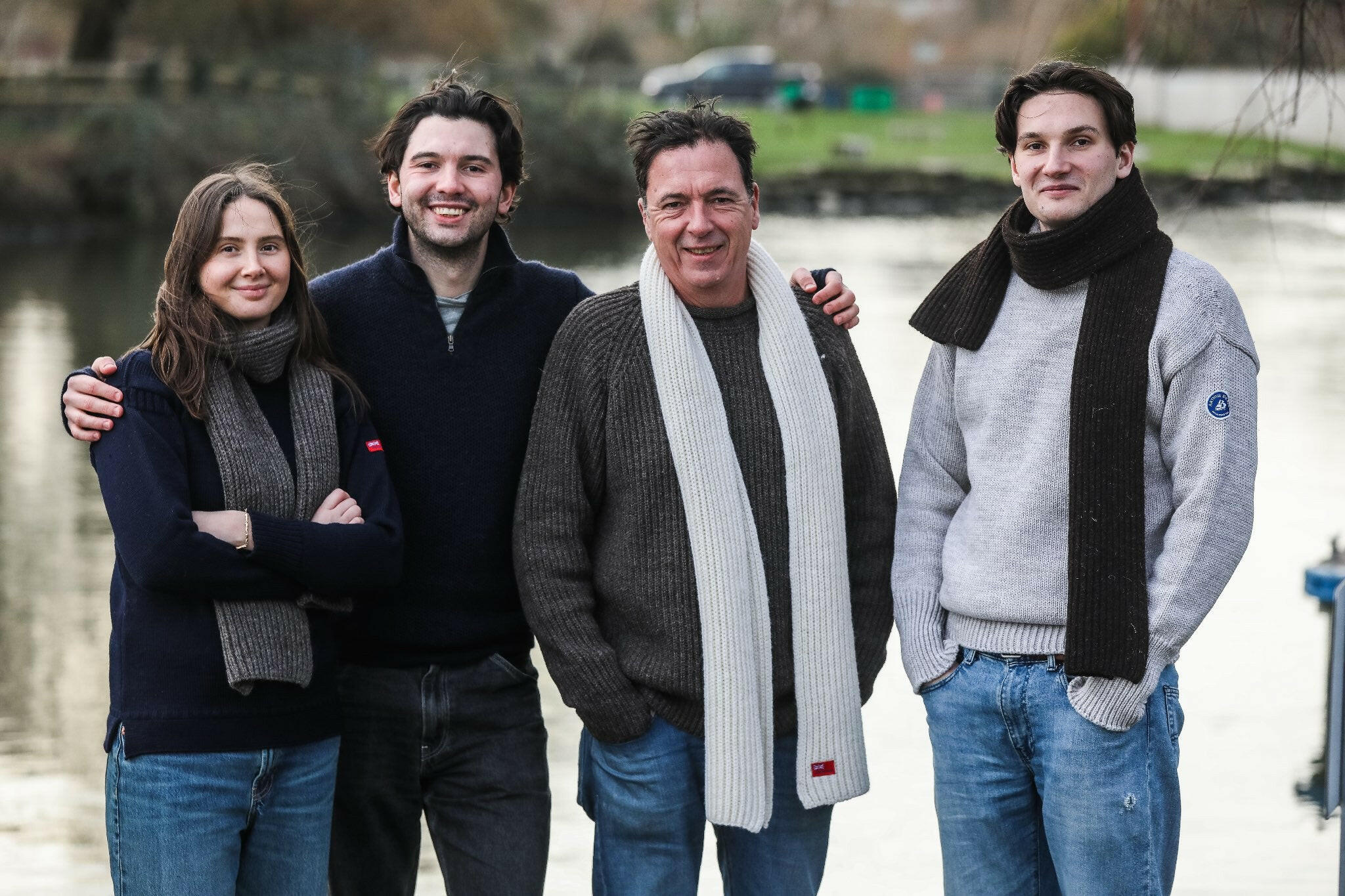
Leave a comment
This site is protected by hCaptcha and the hCaptcha Privacy Policy and Terms of Service apply.